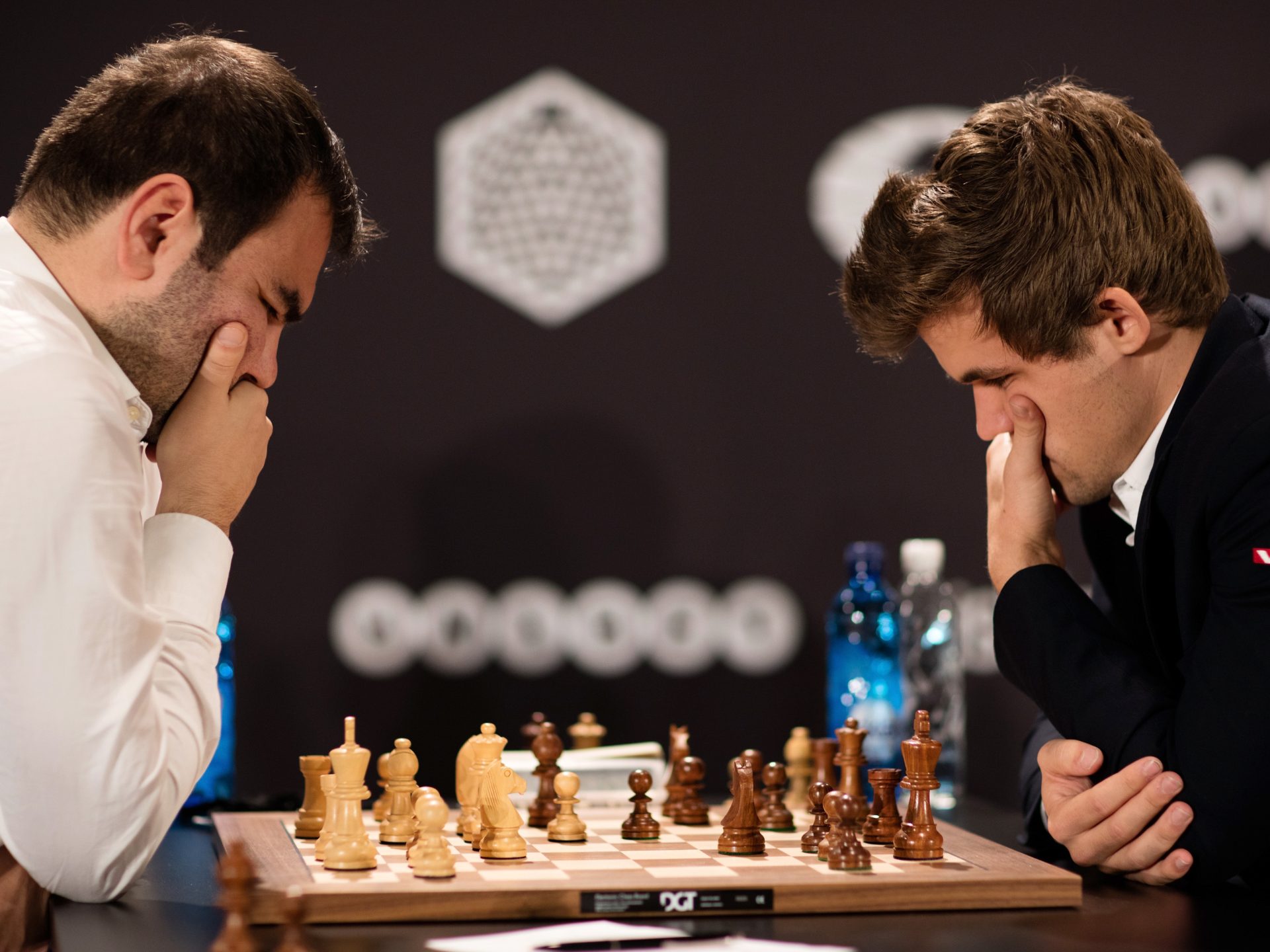Modern chess has its origins in ancient times. The homeland of chess is considered to be India, but also Persia and China. Through the Arabs and Spain, the game gradually entered Europe. In the 15th century, chess began to take on its modern shape. France became one of the main centers of chess. It is played everywhere, but mostly in the cafes of Paris and other French cities. Gradually, chess entered the whole world. Books and manuals for the game began to be published, as well as numerous chess tasks. They give instructions for the beginning of the game (the chess opening), the middle of the game (the middle game), and the end of the game (the end game). In this respect, chess is a science. In the romantic period, this is the 19th century and the first half of the 20th century, the great chess players created dazzling multi-movement and original combinations. Of course, such beautiful combinations are constantly formed even now – with sacrifices of strong figures, with incredible and surprising moves.
This is why chess is beginning to be compared to art. And it really is.

Chess board with modern chess pieces
But when the competitions begin, when international tournaments begin to be held, when the first world chess champion is broadcast, experts begin to compare chess with a sport. And right here I must note one feature of chess, considered a sport. Apparently, during their game, chess players do not experience a great physical load. They are sitting down and seem to be resting. But this is only apparent. However, it turns out that they experience an extremely high mental load. The nervous system is “stretched” to the limit. This causes the heart to race for hours. All this makes experts define chess as a sport. But which element of chess combat is most important? It turns out that, like tennis, good chess players have extremely healthy nervous systems. This leads to keeping calm in difficult and decisive moments, great concentration of thought, a lack of any fear of the opponent, a great will to win, and abilities to respect and even hypnotize the opponent. There is even talk of a strong bio-field that negatively affects the opposing player who is one and a half meters away.
In this way, chess is very similar to tennis. But there is also an important difference: in tennis, there is no equality, while in chess there is a win, an equality, and a loss. However, this does not make for any less intense battles, especially when victory brings some distinction.
So what is scheming – science, art, or sport?
The correct answer to this question is that chess is science, art, and sport at the same time.

World chess champion Magnes Carlsen (right) won’t play his computer or play the game like a computer. Instead, he chooses his strategy based on what he knows about his opponent.
https://www.npr.org/sections/alltechconsidered/2016/10/24/499162905/20-years-later-humans-still-no-match-for-computers-on-the-chessboard
But with the development of digital technology and in the world of electronic computing technology, when chess is “played” by the computer, chess is more like a science. However, when chess is played by humans, it is more like an art and a sport (mostly the psychological part of the sport). However, a computer can’t make art! Art is inherent only in man. The computer can only calculate millions of combinations in a short time and choose the one that is best. With the computer, the element of the sport is absent – it is not excited and afraid. The computer punishes every human error of the chess player. It is perfect for practice, which is indeed done by even the best chess players. And then, if you ask me who is the best chess player, I will answer you – a computer with very high power and loaded with the best chess program!
Bulgaria, Sofia, 01.05.2023, Sport 03
